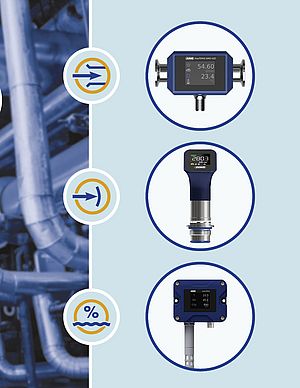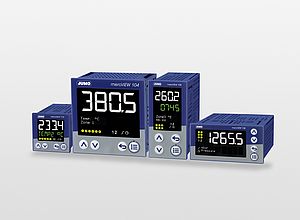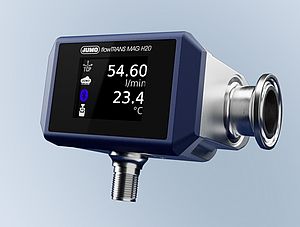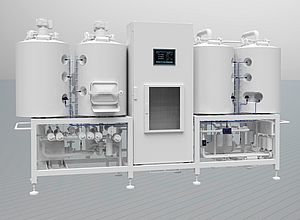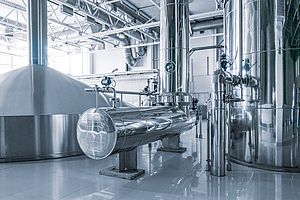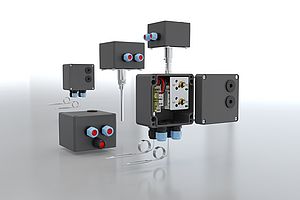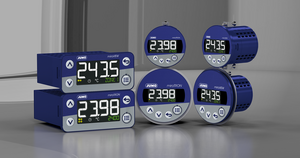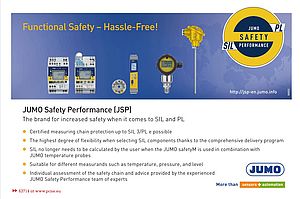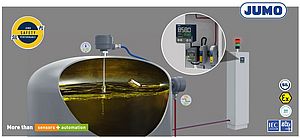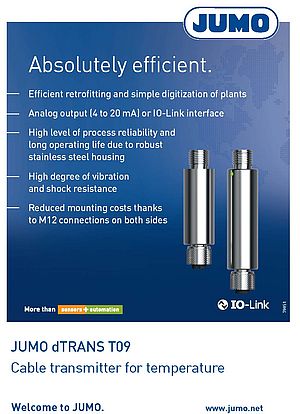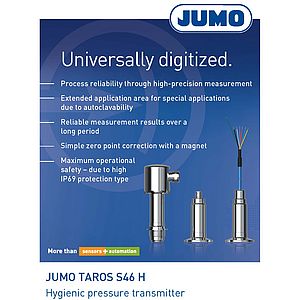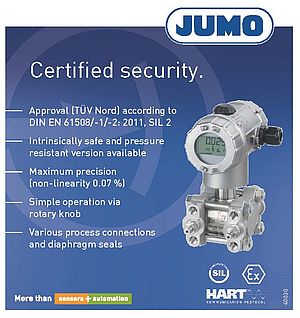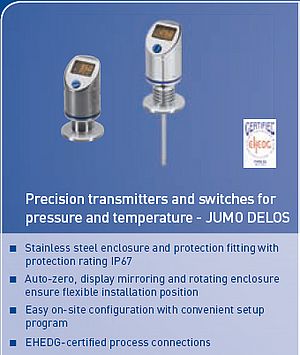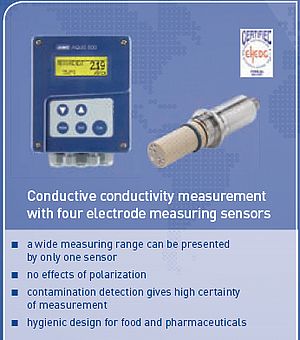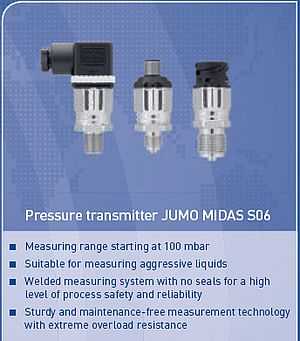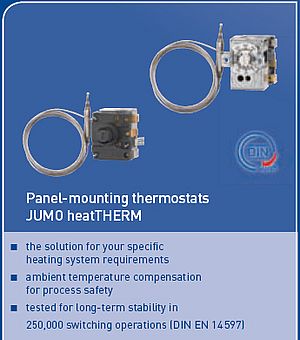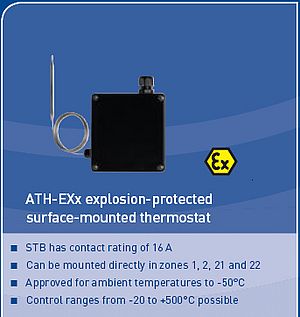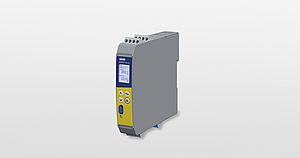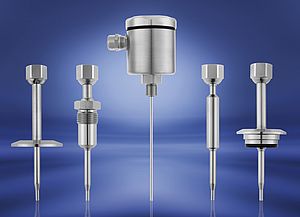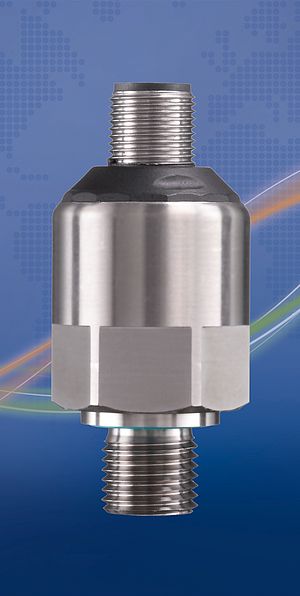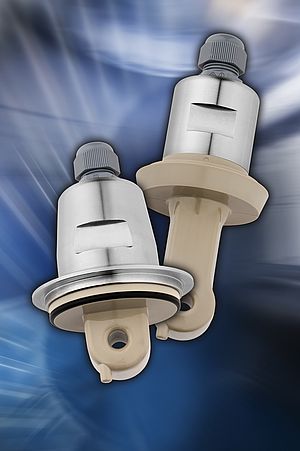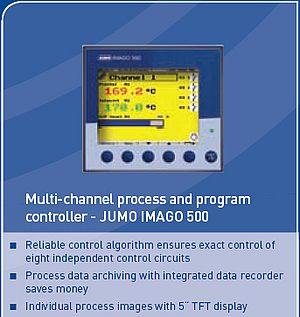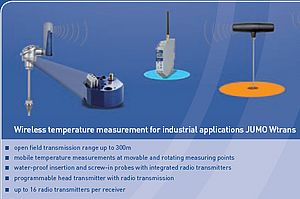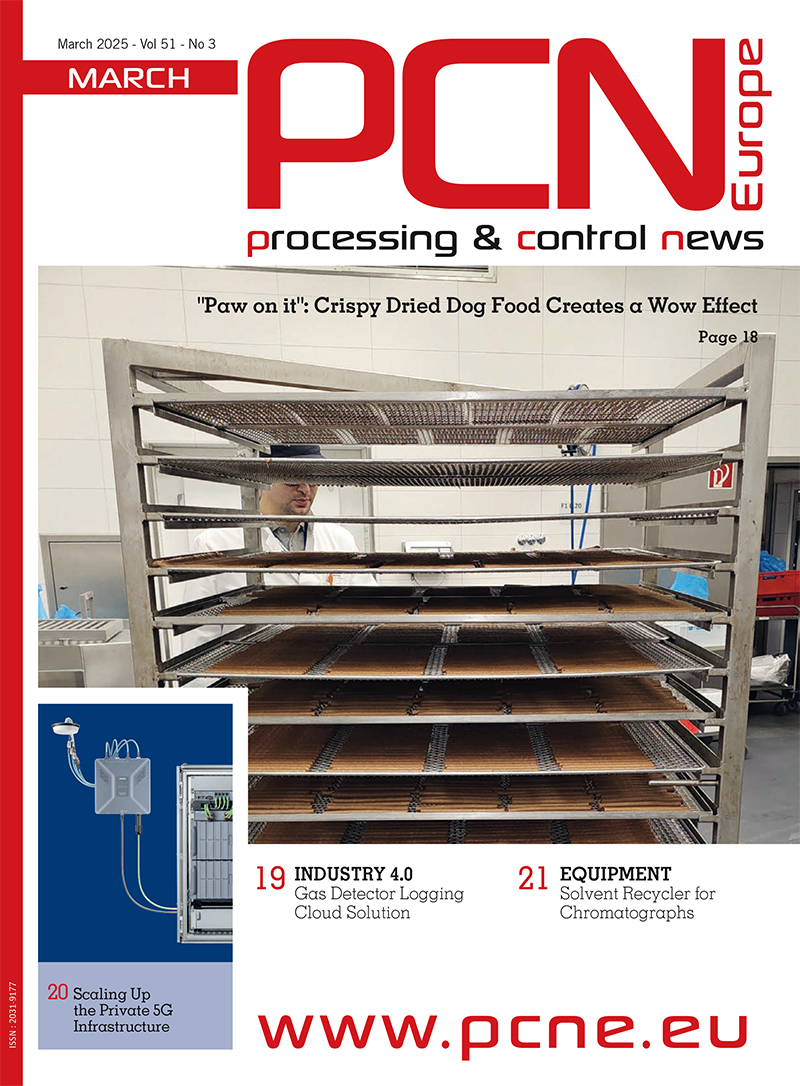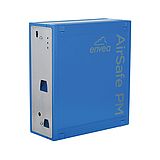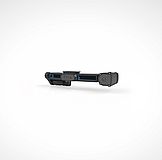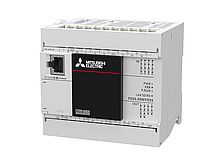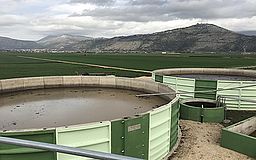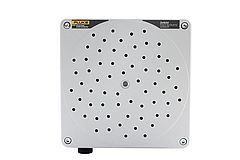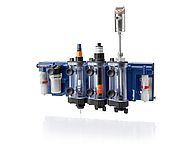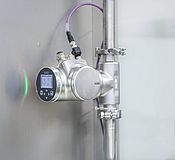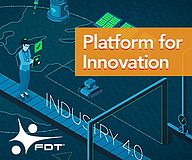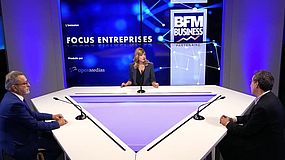The industrial production of dog food is a highly complex process that requires technical expertise, precise control and consideration of market requirements. At the heart of this process is the drying of the products, which plays a decisive role in terms of both quality and profitability. Fessmann has mastered these processes. Fessmann and JUMO have had a close and trusting partnership for years. Currently, FESSMANN mainly purchases the JUMO variTRON 500 as a control component, as well as resistance thermometers and thermocouples to operate its own ovens optimally.
Control of the drying process in pet food production
Compared to other food segments, such as sausage production, the drying of pet food is fundamentally different. While the drying of the surface is the main focus for sausage products, the focus for pet food is on consistent and even drying - both inside and out. This is a critical factor in ensuring high product quality, especially for products that have to be visually appealing to the end customer. The development of technical and scientific know-how is essential here. "It's about enabling even drying that ensures both the shelf life of the product and the sensory quality. Pet food manufacturers invest significantly in this area to meet the demands of the market," says Fessmann partner Uli Fessmann.
Controlling the drying process is a technical aspect that requires precise control. Important factors here are exact temperature control, even air supply and humidity control. Each of these parameters must be closely monitored in order to achieve even drying. Quality assurance plays just as important a role as in the production of food for human consumption. The drying process must be designed in such a way that it is reproducible and precisely tailored to the respective pet food recipes. "Since each recipe has different requirements for the drying process and requires higher heating than for conventional products, a separate process must be developed for each product," says Denis Gabriel, Managing Director of Fessmann. This makes the development of pet food production "empirical and very exciting".
Challenges in pet food production
The production of dog food covers a wide range of products, from snacks and treats to dry food and wet food. "The days of feeding dogs with leftover food or slaughterhouse waste are long gone," Gabriel continues. This diversity presents Fessmann's systems with particular challenges, as each product variant has different requirements for the production process. The system must be configured and monitored accordingly for each product, especially with regard to the drying process.
The lying position of many products during drying makes this process even more difficult. Detailed control of the drying process is therefore crucial to ensure even drying and high product quality. Another challenge is resource conservation. Sustainability is a key issue in modern pet food production. Increasing attention is being paid to ensuring that the processes are resource-efficient and economical without compromising the quality of the products.
As soon as the snacks have left the Fessmann oven, distributors of different sizes are supplied. These in turn deliver to dealers or directly to the OEM market according to the respective sales concept. Market development and special features North America is the largest sales market for pet food. The market for pet food stands out clearly from conventional food production. Not only the inner values of the products, but also their appearance play a central role.
The products must be visually appealing and attractive to the customer, who increasingly demands high-quality food for their pets. The texture of the surfaces of pet food products is also different from that of food for people. When producing pet food, care must be taken to ensure that the products are easy for animals to consume. "One bite and the treat is as good as in the stomach," says Gabriel.
A decisive quality factor in pet food production is the so-called aW value (water activity). This value indicates how much water is available in a product, which directly influences shelf life and microbiological safety. "The aW value is subject to strict specifications and must be precisely monitored and adjusted in the production process in order to meet the desired quality requirements," explains Gabriel.
The dog wants irresistible snacks
The production of dog food is a technological challenge that is mastered by using modern equipment and developing tailor-made processes. The even drying of the products, the control of temperature, air supply and humidity as well as compliance with high quality standards are crucial factors. Denis Gabriel puts it in a nutshell: "Man's best friend is the dog. And after all, they want irresistible snacks. That's something you can really put your foot down on. Paws on it!"
Author: Michael Klose, press spokesperson, JUMO








